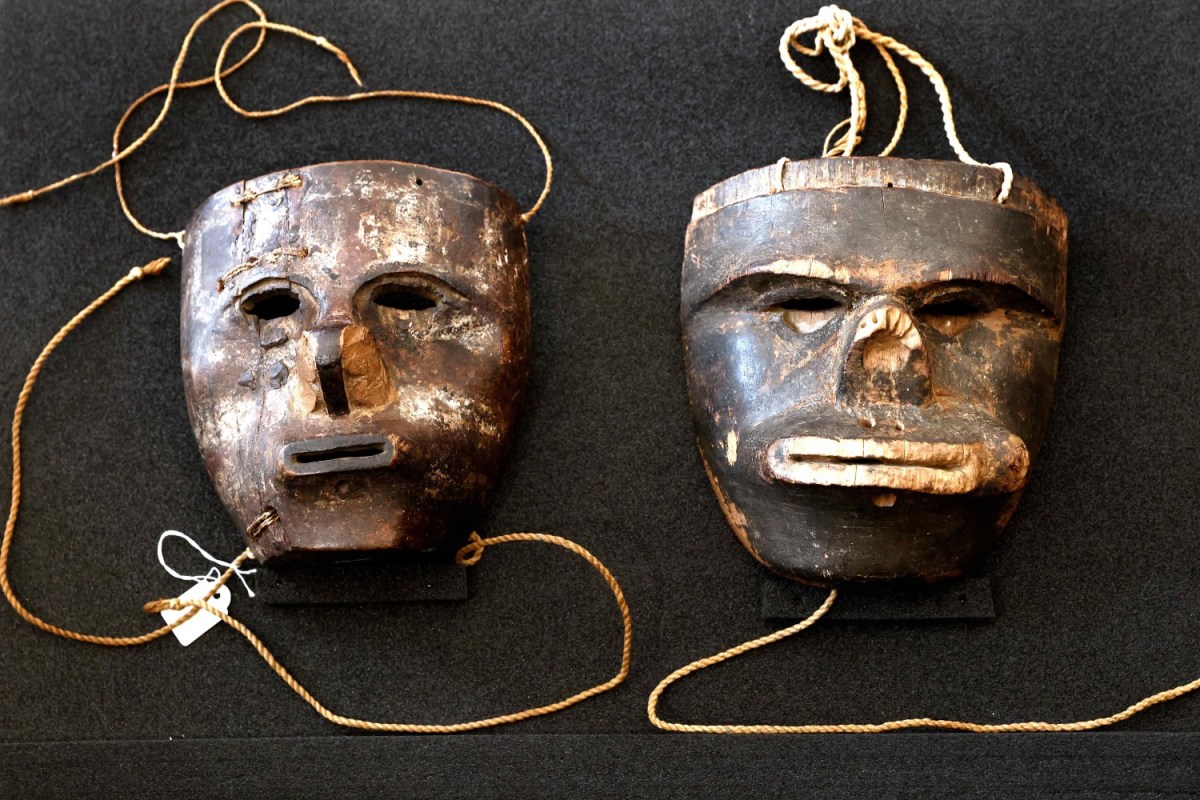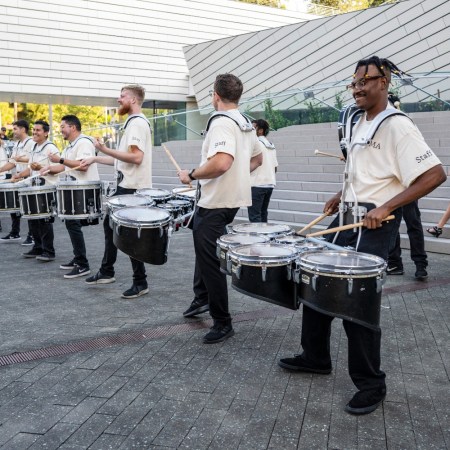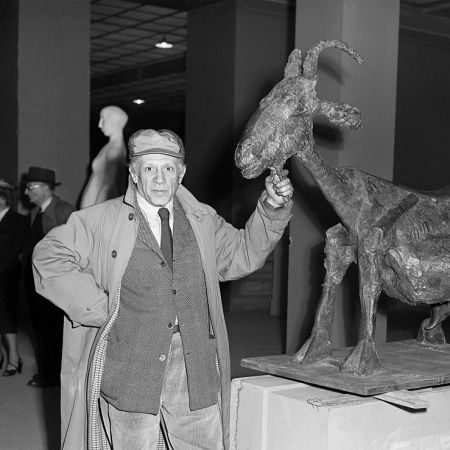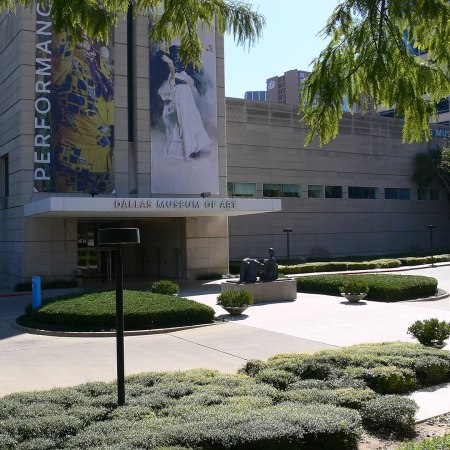Let’s start with the good news: Germany recently returned a pair of masks to Colombia that had been in the collection of the Berlin Museum for a century. Thankfully, a growing number of museums are embracing restitution and repatriation for artifacts that may have been illicitly obtained. The fact that these two masks are being returned to the Indigenous Kogi people definitely qualifies as a good thing, from a moral and ethical perspective.
There’s a wrinkle to the process of returning the masks, however. As The Art Newspaper reports, the masks were treated with a pesticide in the 1940s and 1950s. And, as is often the case with pesticides, there are questions about whether the masks are safe for people to wear.
This is not an idle concern; as per The Guardian, the Kogi would like to utilize the masks as they were intended to be used: in ceremonies designed to further their connection to the natural world. The head of the the Prussian Cultural Heritage Foundation, Rudolf Parzinger, told The Guardian, “We still have some doubt over whether they can be directly worn in front of the face. That remains to be seen.”
New York Museums Will Have to Label Some Looted Art Under a New Law
The law applies to art looted by the NazisOn June 16, the masks were returned to Colombia’s president in a ceremony that took place in Berlin. The masks had previously been acquired by a German ethnographer ion 1915, as The Art Newspaper reports. Now, their journey has taken them back where they began — albeit with questions over their safety lingering.
Thanks for reading InsideHook. Sign up for our daily newsletter and be in the know.


















